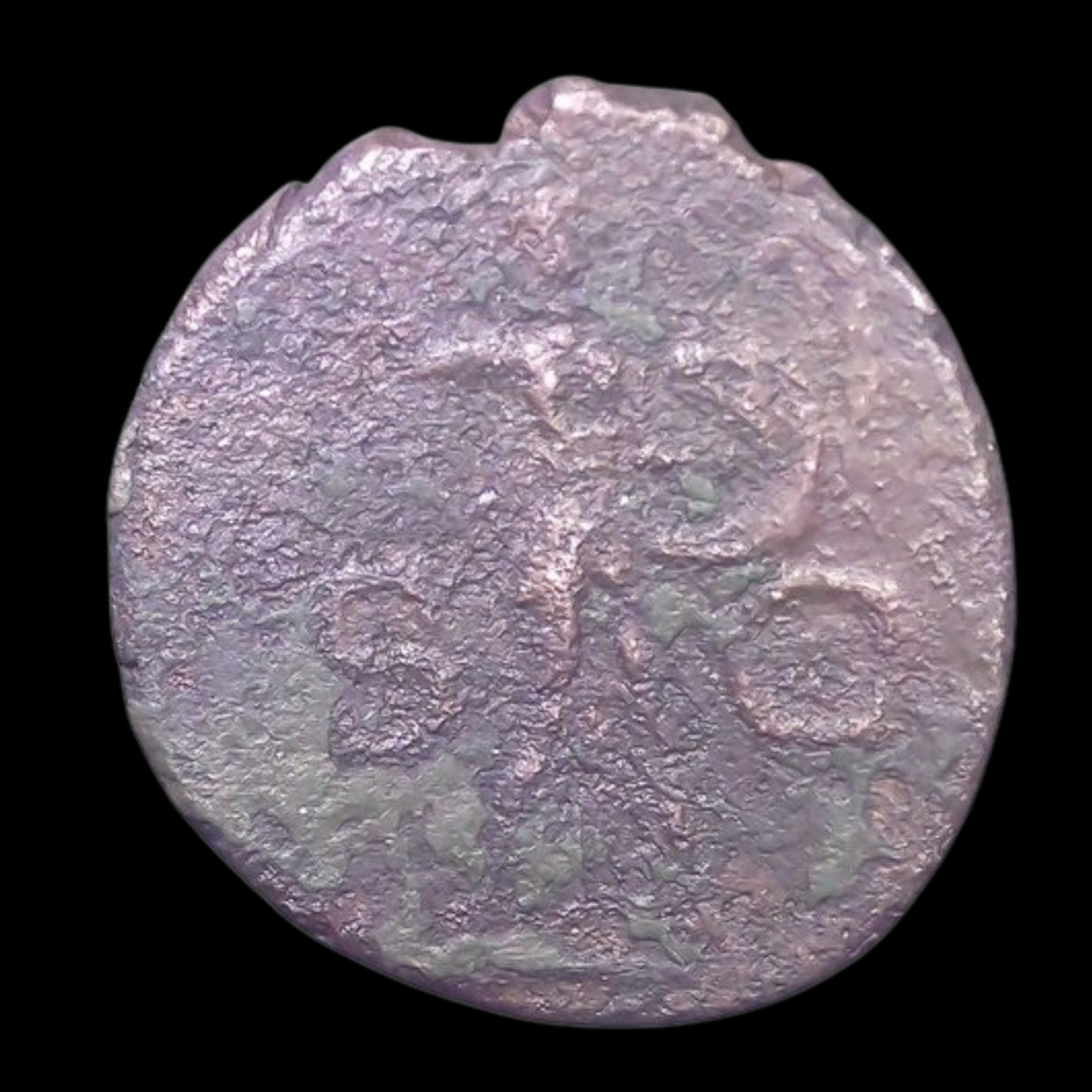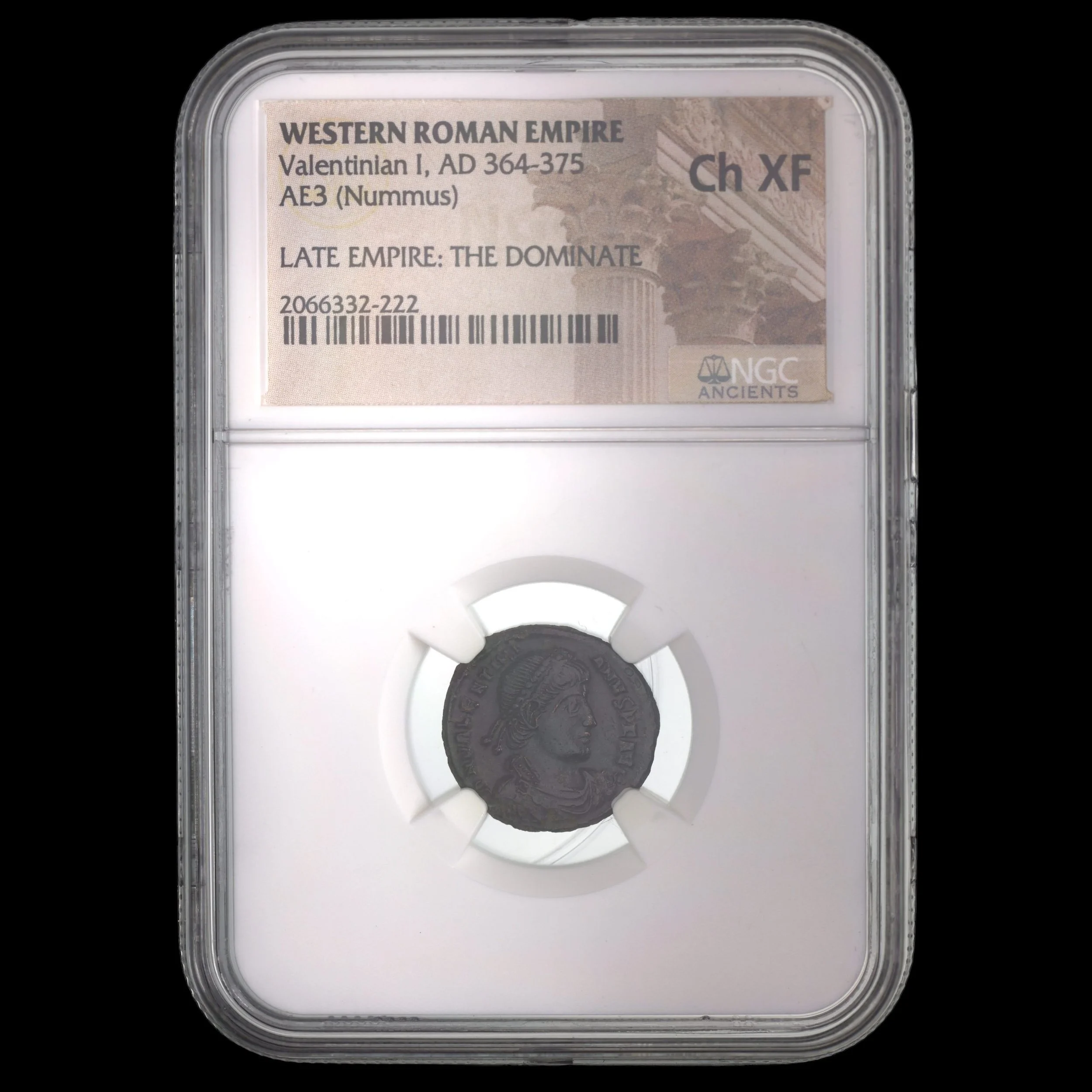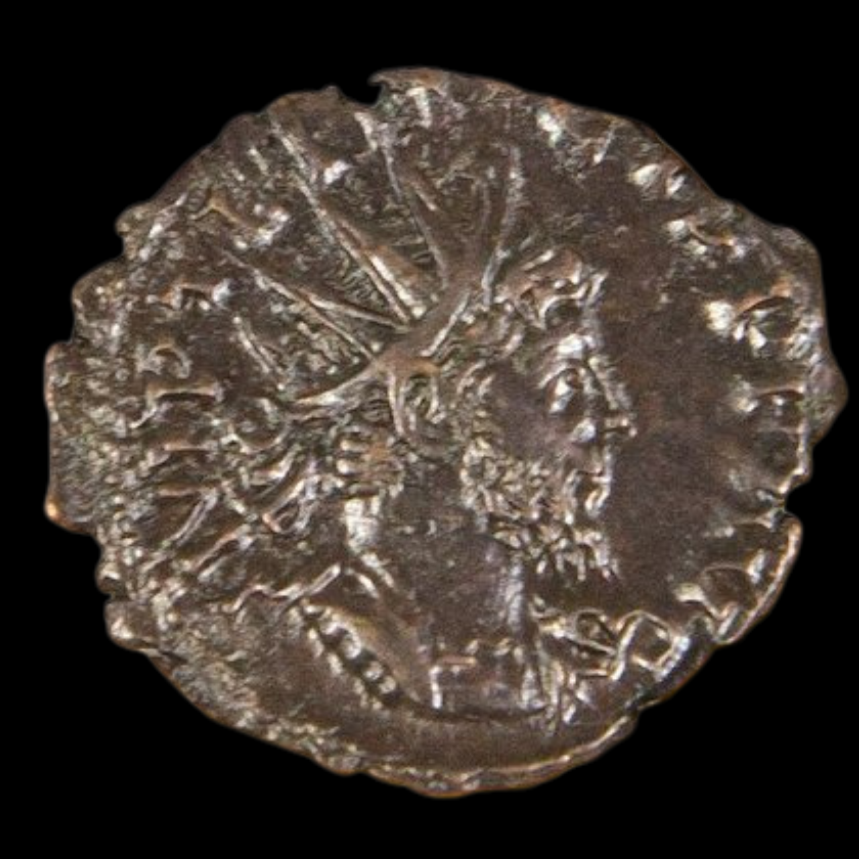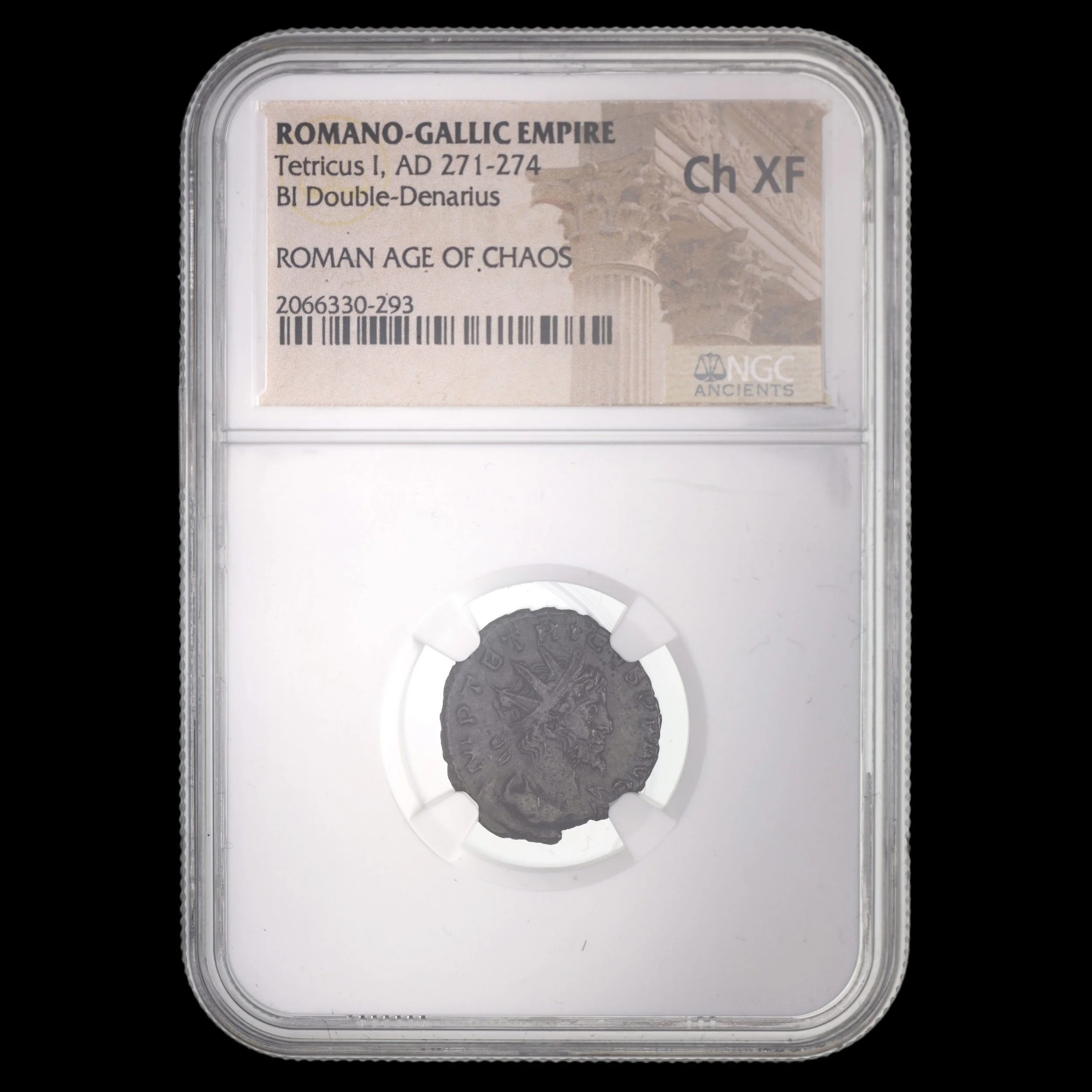 Image 1 of 2
Image 1 of 2

 Image 2 of 2
Image 2 of 2



Roman Provincial Bronze As of Claudius I (about 1980 years ago)
This bronze coin was produced at a provincial mint likely located in Gaul (modern France) during the early reign of Emperor Claudius I, who came to power unexpectedly after the assassination of Caligula. Provincial mints like this one helped address coin shortages in regions distant from Rome.
Coin Description:
Front side: Bare head of Claudius I facing left with Latin inscription "TI CLAUDIVS CAESAR AVG P M TR P IMP" (Tiberius Claudius Caesar Augustus, Pontifex Maximus, holder of Tribunician Power, Imperator)
Back side: Minerva (goddess of wisdom and strategic warfare) advancing right, preparing to throw a spear while protecting herself with a shield; large "S - C" (Senatus Consulto - by decree of the Senate) flanking the figure
Technical Details:
Bronze composition, weighing 11.51 grams
As denomination (standard bronze coin for everyday transactions)
References: Von Kaenel pl. 30, 1595; Besombes/Barrandon, Revue num. 155, 2000, pl. VIII, 4-10
No certification mentioned
Date: 41-42 CE, struck at a branch mint in Gaul
Historical Significance:
During the early years of Claudius's reign, provincial mints produced coins to supplement official issues from Rome, particularly for the western provinces. The Minerva imagery highlights Roman military power and imperial authority, important themes as Claudius sought to legitimize his unexpected rise to power. These local productions helped maintain the economic integration of the empire by ensuring adequate coin supplies throughout distant provinces like Gaul (modern France).
This bronze coin was produced at a provincial mint likely located in Gaul (modern France) during the early reign of Emperor Claudius I, who came to power unexpectedly after the assassination of Caligula. Provincial mints like this one helped address coin shortages in regions distant from Rome.
Coin Description:
Front side: Bare head of Claudius I facing left with Latin inscription "TI CLAUDIVS CAESAR AVG P M TR P IMP" (Tiberius Claudius Caesar Augustus, Pontifex Maximus, holder of Tribunician Power, Imperator)
Back side: Minerva (goddess of wisdom and strategic warfare) advancing right, preparing to throw a spear while protecting herself with a shield; large "S - C" (Senatus Consulto - by decree of the Senate) flanking the figure
Technical Details:
Bronze composition, weighing 11.51 grams
As denomination (standard bronze coin for everyday transactions)
References: Von Kaenel pl. 30, 1595; Besombes/Barrandon, Revue num. 155, 2000, pl. VIII, 4-10
No certification mentioned
Date: 41-42 CE, struck at a branch mint in Gaul
Historical Significance:
During the early years of Claudius's reign, provincial mints produced coins to supplement official issues from Rome, particularly for the western provinces. The Minerva imagery highlights Roman military power and imperial authority, important themes as Claudius sought to legitimize his unexpected rise to power. These local productions helped maintain the economic integration of the empire by ensuring adequate coin supplies throughout distant provinces like Gaul (modern France).





































